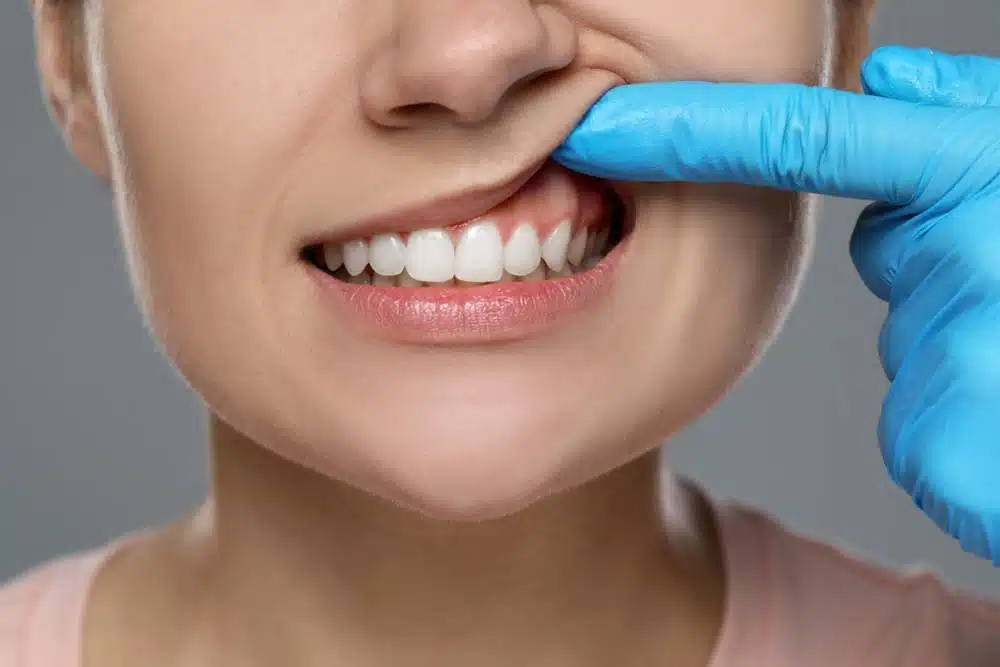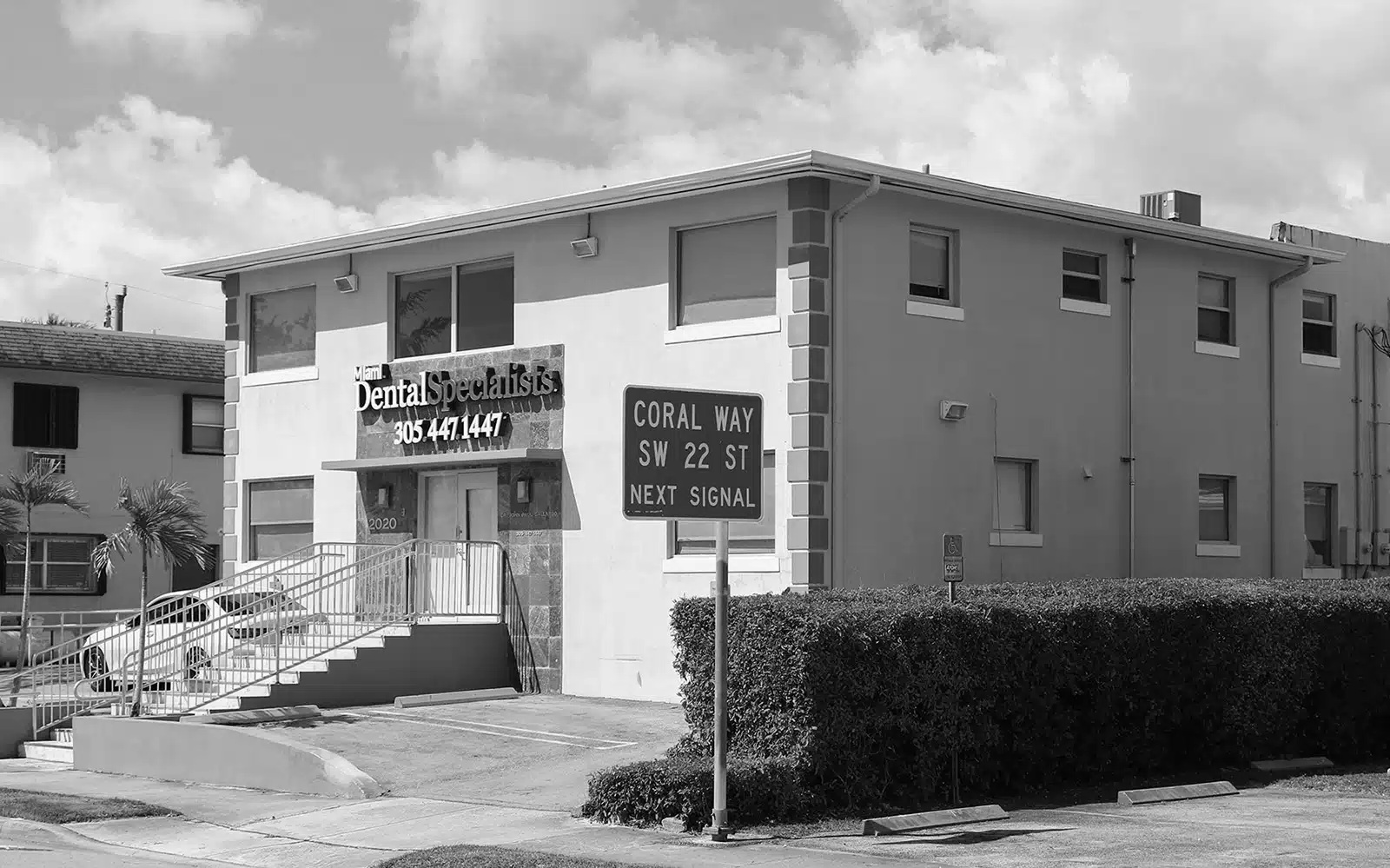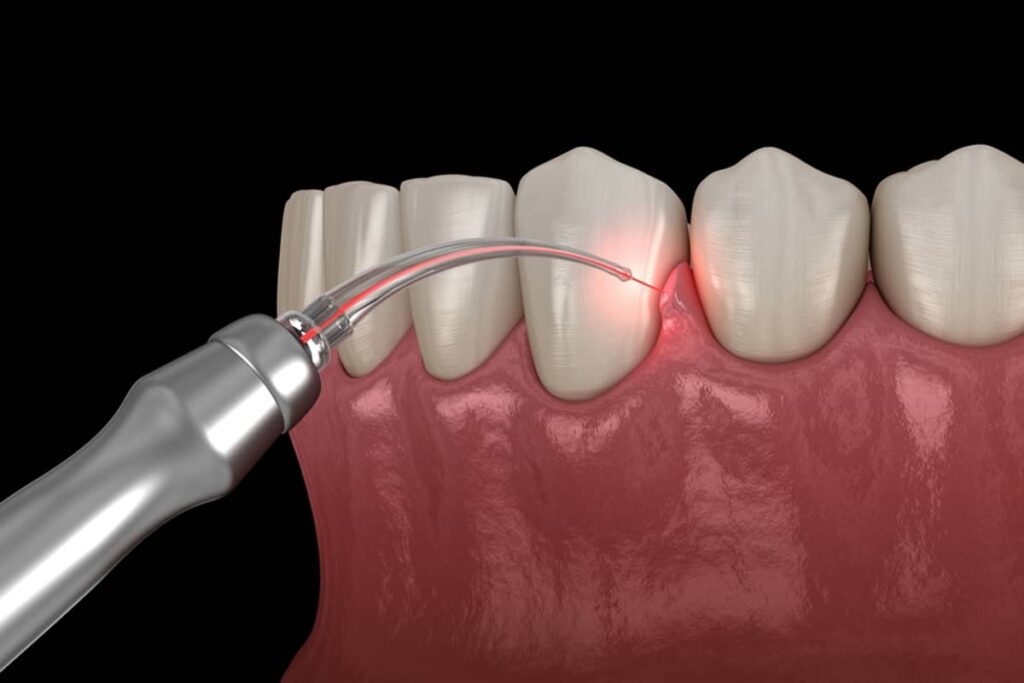
Thinking about trying laser treatment for gum disease but not sure if it’s the right call? With so many dental technologies out there, it’s natural to wonder if laser therapy really lives up to the hype—or if it’s just another flashy option.
Laser gum treatment offers some pretty appealing advantages over traditional surgery, but it’s not a one-size-fits-all solution. From faster healing to higher costs, it’s important to weigh the pros and cons before making a decision. Keep reading to find out what laser therapy could mean for your oral health.
Is Laser Gum Treatment Necessary?
Laser gum treatment is not a necessity for everyone, but it can be a valuable option for individuals with moderate to severe gum disease who are seeking a less invasive and more comfortable alternative to traditional gum surgery. This method uses focused light energy to remove infected tissue and bacteria, often with minimal discomfort and faster healing time. While it’s not always essential, it can be a game changer for patients looking to avoid cutting and stitching. Let’s take a closer look at what makes laser treatment stand out—and where it might fall short.
Laser Gum Surgery Pros and Cons
Before committing to laser gum surgery, it’s important to understand both the advantages and the limitations of this treatment. While it offers a modern, minimally invasive approach, it isn’t ideal for every case. Below, we break down the key pros and cons to help you make an informed decision.
Pro: Less invasive laser treatment
One of the biggest advantages of laser gum surgery is that it’s significantly less invasive than traditional methods. Instead of using scalpels and stitches, lasers gently remove diseased tissue while preserving healthy structures. This approach minimizes trauma to the gums, reduces the risk of infection, and eliminates the need for sutures in most cases. For patients with dental anxiety or those looking to avoid surgical discomfort, laser therapy offers a much more appealing treatment experience.
Con: Not suitable for severe cases
While laser treatment is a great option for many, it may not be suitable for individuals with advanced periodontal disease involving extensive bone or tissue loss. In these severe cases, traditional surgical intervention might still be necessary to achieve the best results. Lasers have limitations in how deeply they can reach, and they may not fully address complex periodontal pockets or structural damage. Your periodontist will evaluate the severity of your condition before recommending the most effective treatment plan.
Pro: Faster recovery time
Compared to traditional gum surgery, laser treatment often leads to a quicker and more comfortable recovery. Because the procedure involves less cutting and trauma to the gum tissue, patients usually experience reduced swelling and discomfort post-treatment. Healing times are generally shorter, and many people can return to their normal routines within a day or two. This makes laser therapy an attractive option for those with busy lifestyles who want to minimize downtime.
Con: Laser therapy costs more
One drawback of laser gum treatment is the cost. Because it involves advanced technology and specialized training, laser therapy tends to be more expensive than traditional periodontal procedures. Insurance may not fully cover the treatment, especially if it’s considered elective or cosmetic. For patients on a tight budget, this higher price tag can be a barrier. However, many find that the added comfort and faster recovery time are worth the investment in their long-term oral health.
Pro: Reduced pain and bleeding
Laser therapy is known for causing significantly less pain and bleeding compared to traditional gum surgery. The precision of the laser allows for targeted removal of diseased tissue without harming surrounding healthy areas. At the same time, the laser seals blood vessels and nerve endings as it works, resulting in minimal bleeding and discomfort during and after the procedure. This gentler approach makes it a preferred option for patients with sensitivity or anxiety around dental treatments.
Con: Possible thermal damage
Although rare, one potential risk of laser gum treatment is thermal damage to surrounding tissues. If the laser is not properly calibrated or used with precision, the heat generated can unintentionally affect healthy gum tissue or even tooth structure. This highlights the importance of choosing a qualified and experienced periodontist for the procedure. When done correctly, the risk is minimal, but it’s still a factor to consider when evaluating treatment options.
Pro: Effective bacterial removal
Laser gum therapy excels at targeting and eliminating harmful bacteria deep within periodontal pockets. The laser energy sterilizes the treatment area, significantly reducing bacterial load and helping to prevent further infection. Unlike traditional scaling and root planing, which may miss microscopic bacteria, lasers can reach into tiny crevices that manual tools can’t access. This precision leads to a cleaner environment for healing and better long-term results in managing gum disease.
Con: Need for expertise
Laser gum therapy requires specialized training and skill, which not all dental professionals possess. The effectiveness and safety of the procedure depend heavily on the operator’s experience with laser equipment. In the hands of a less experienced provider, the treatment may be less effective or even risky. Patients should always seek a certified periodontist or dental specialist with proven expertise in laser dentistry to ensure optimal results and minimize potential complications.
Pro: Improved tissue and bone regeneration
Laser therapy doesn’t just remove bacteria and infected tissue—it can also stimulate the body’s natural healing processes. In many cases, the focused light energy encourages the regeneration of gum tissue and even underlying bone. This makes it particularly valuable in treating periodontal pockets and restoring support around teeth. While results vary depending on the severity of the condition, the potential for regenerative benefits is a major advantage of laser gum treatment when compared to traditional techniques.
Con: Potentially worsen other conditions
In some cases, laser gum treatment may exacerbate underlying conditions or lead to unintended side effects. Individuals with gum sensitivity may experience increased discomfort, and there’s a small risk of tissue discoloration in certain patients. Additionally, laser procedures can potentially trigger dormant conditions such as oral Herpes in susceptible individuals. These complications are relatively rare but highlight the importance of discussing your full medical history with your periodontist before undergoing treatment.

Laser Gum Treatment Procedure Side Effects
While laser gum therapy is generally safe and well-tolerated, it’s not entirely without side effects. Most are mild and temporary, but it’s important to be aware of what you might experience after treatment. Here are some of the potential side effects:
- Gum sensitivity: It’s common to feel increased sensitivity in your gums for a few days post-treatment, especially to hot or cold foods and drinks.
- Swelling and discomfort: Mild swelling and tenderness in the treated areas may occur as your gums begin to heal.
- Tissue discoloration: In rare cases, the laser may cause temporary changes in gum color, usually resolving on its own.
- Reactivation of cold sores: For individuals with a history of Herpes simplex virus, laser therapy may trigger an outbreak.
- Delayed healing: While many patients heal quickly, some may experience slower tissue recovery depending on their overall health and oral hygiene habits.
- Minor bleeding: Although bleeding is usually minimal, a small amount may occur immediately following the procedure.
How to Care for Your Teeth and Gums After a Laser Gum Disease Treatment
Proper aftercare is key to ensuring a smooth recovery and long-lasting results after laser gum treatment. Following your periodontist’s guidelines and adopting good habits can greatly reduce the risk of complications. Here are some of the best ways to care for your gums post-treatment:
- Stick to soft foods: In the first few days, eat soft, cool foods like yogurt, smoothies, and soup to avoid irritating the treated area.
- Avoid smoking and alcohol: These substances can interfere with healing and increase the risk of infection.
- Maintain gentle oral hygiene: Brush and floss carefully, using a soft-bristled toothbrush and avoiding the treated areas for a few days as advised by your dentist.
- Use prescribed rinses: If your periodontist recommends a medicated rinse, use it exactly as directed to keep bacteria in check and promote healing.
- Stay hydrated: Drink plenty of water to help flush away debris and keep your mouth moist during recovery.
- Follow up with your periodontist: Attending all scheduled check-ups ensures your healing is on track and allows for timely intervention if issues arise.
Before & After Photos


* All patients are unique and individual results may vary.
Is LANAP Worth It?
If you’re dealing with moderate to severe gum disease and want a treatment option that’s less invasive, less painful, and delivers impressive results, then yes—LANAP (Laser-Assisted New Attachment Procedure) is absolutely worth considering.
It’s especially ideal for those looking to avoid traditional gum surgery, shorten their recovery time, and preserve as much natural tissue as possible. The benefits are clear for the right candidates.

As with any procedure, there are some risks—but these are rare and often avoidable when working with a highly experienced periodontist. Choosing a specialist with advanced training in laser dentistry dramatically reduces the chances of complications and helps ensure the best possible outcome. Interested in exploring LANAP for yourself? We’ve got just the expert for that…
Is There a Periodontist Near Me who Specializes in Laser Dentistry?
When it comes to advanced gum disease treatment, selecting an experienced periodontist is essential. The precision and effectiveness of laser therapy rely heavily on the operator’s skill and understanding of the technology. An experienced specialist ensures the safest, most predictable outcomes while minimizing risks and discomfort for the patient.
Dr. John Paul Gallardo, DDS, PA, is one of South Florida’s top experts in laser dentistry and periodontics. With over 25 years of experience and a reputation for delivering results that last, Dr. Gallardo uses state-of-the-art technology to treat gum disease with accuracy and care. Patients also benefit from IV conscious sedation for a relaxed experience. Call us at 305-447-1447 or visit our contact page to schedule your consultation today.